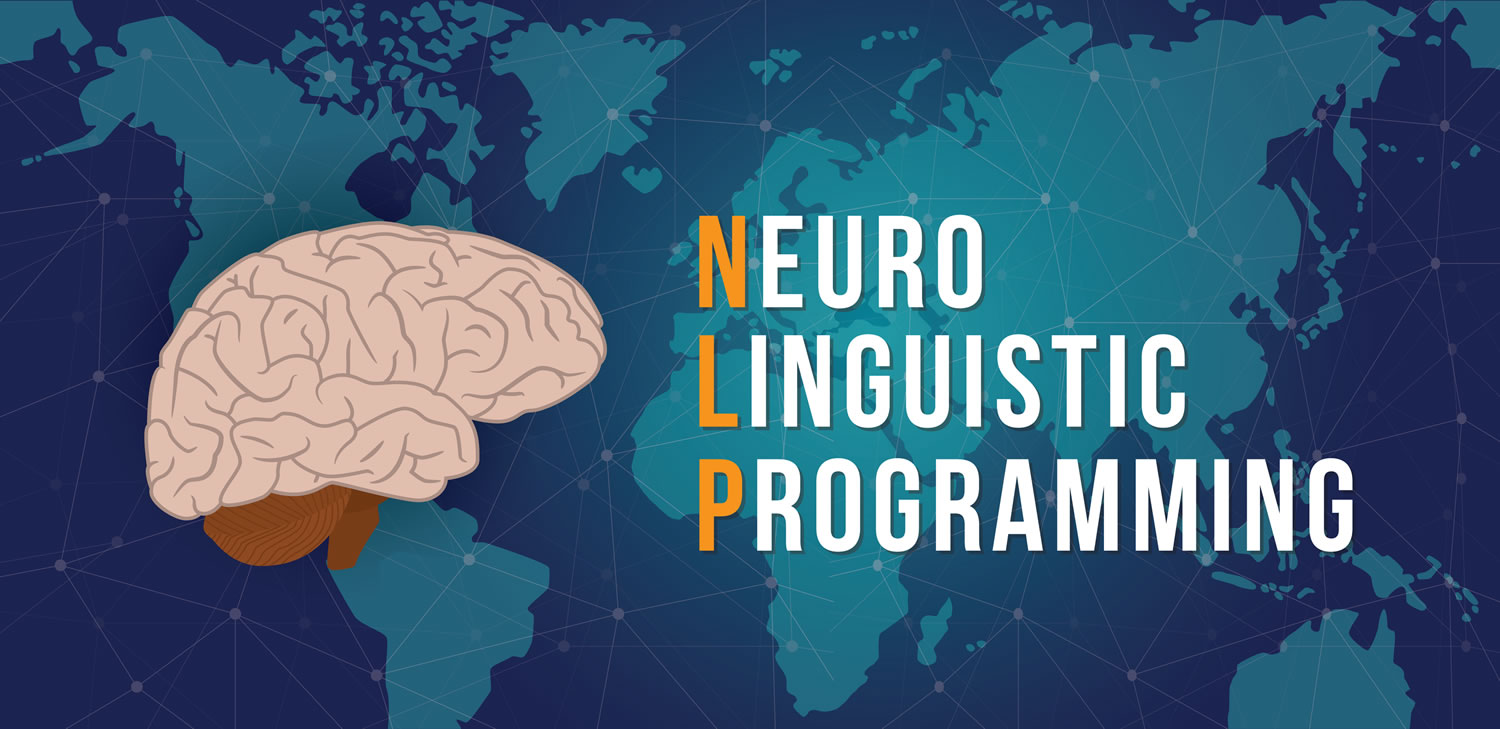NLP in early education
Published on Tuesday, 06 April 2021
Last updated on Tuesday, 06 April 2021

Neuro-linguistic programming: It sounds like a form of brainwashing, some kind of science-fiction hypnosis technique used by Tom Cruise to reprogram your brain for a particular (probably nefarious) purpose. But what is it really?
The reality is far less worrisome and could even be considered promising, when you take into account the benefits it can provide for both educators/teachers and children in early childhood education and care.
The technical definition describes neuro-linguistic programming (NLP) as “purported systematic, cybernetic links between a person's internal experience (neuro), their language (linguistic) and their patterns of behaviour (programming)” - Neuro-linguistic programming: its potential for learning and teaching in formal education, Tosey and Mathison, 2003.
That doesn’t make a whole lot of sense to me as I don’t speak PhD, so I did a bit more digging to understand what NLP actually is and how it works. This is the lowdown:
In a nutshell, NLP is a way of using communication - both verbal (linguistic) and non-verbal (body movement) - to create neural pathways that will help create healthy, successful habits and thought processes through regular repetition.
So, a positive phrase or behaviour, repeated daily, can form links in the brain between these words or actions and a desired result. For example, a sequential and repeated bedtime routine - brushing teeth, putting on pyjamas, reading a story, saying goodnight and hopping into bed - can be considered a kind of NLP designed to help a child’s brain release melatonin, causing tiredness to aid sleep.
Many early childhood educators have likely been using NLP techniques for years without realising it, because these techniques work particularly well on groups of children, helping to gain attention, encourage cooperation and promote desirable behaviours.
A wonderful example of this can be seen in a 2020 article on the Famly blog, How do we use Neuro-linguistic Programming in the Early Years? where the author Dee Van Heerden explains the usefulness of NLP techniques in an early learning environment.
“In a classroom setting, we can learn to adopt certain habits, routines, and body movements that are only used before children are expected to start sitting still,” she says.
“With regular practice, the associations become strong enough and enable the teachers or caregivers to use the habits, routines and body movements alongside gentle verbal commands, to gain cooperation with ease. The trick lies in only performing a particular action when you require its particular (corresponding) cooperation, that’s how you build the association.”
She goes on to give examples of particular techniques known as anchoring, and reframing behaviour using words. Here’s how you can use these simple techniques to encourage quiet, stillness and cooperation in your classroom.
Technique 1: Anchoring.
Much like the old story of Pavlov’s dog, where a canine companion was conditioned by a ringing bell at dinnertime, so eventually the dog would salivate on hearing the bell even if no food was given, anchoring is a way to encourage a response to an external stimulus.
Unlike the drooling dog, however, this NLP technique isn’t meant to provoke mindless, knee-jerk reactions. Instead, an anchor can be a physical action, repeated regularly over time before a particular activity, to trigger a desired mindset and thus encourage cooperation.
Try it out: Start a routine before classroom quiet time. Get everyone’s attention with a full-body movement such as standing up tall with arms outspread and your body swaying gently from side to side. Encourage the children to copy your movements, telling them you’re pretending to be a big tree with branches blowing in the breeze, the wind saying ‘shhhhhh’ as it flows through your leaves.
Once everyone is performing the movement, make sure to keep tree-time to around 20 seconds so that little arms don’t get too tired. You can then move on to a quiet activity such as reading together, just keep it consistent and practice the same actions and phrasing regularly to build up the routine. Eventually you will get to a point where all you need to do is briefly wave your branches to get attention, say ‘shhhhhh’ to encourage quiet, and the children will stop rambunctious play and move to the reading area ready for storytime.
Technique 2: Reframing behaviour using words.
As Van Heerden explains, “The key to this NLP technique lies in changing our choice of words when we address [an] issue. In order to change the way we communicate about an issue, we have to change our perspective on the subject.”
This is useful when working with a child who is having trouble concentrating or staying still for any period of time.
Try it out: “Instead of viewing a child as being disruptive,” says Van Heeden, “look beyond the behaviour to identify the [unmet] need: the child needs help to engage with the lesson.” In this case, rather than using a consequence for undesired behaviour such as a time out, ask yourself why the child is unable to focus.
Perhaps they are tired, or hungry. Acknowledge their unmet need (‘I know you’re feeling sleepy/would like a snack soon,’) then ask for momentary cooperation in a fun and interactive way. ‘Can you be as still as a statue/use your big bunny ears to listen for five more minutes? Then we’ll go have a lie down/get a sandwich to stop your belly rumbling.’
Related Articles

Anji Play - Radical joy in early childhood education
The Chinese approach to early childhood development known as Anji Play.

The educational angle on Gardner’s Theory of Multiple Intelligences
Gardner’s theory of Multiple Intelligences, challenges the idea of a single IQ and suggests that there are variety of intelligences, each which require a different style of teaching.

Reflecting on Jean Piaget’s theory and influence
Jean Piaget’s approach to early education describes his philosophy and theoretical underpinnings and considers the impact on modern early education pedagogies.
